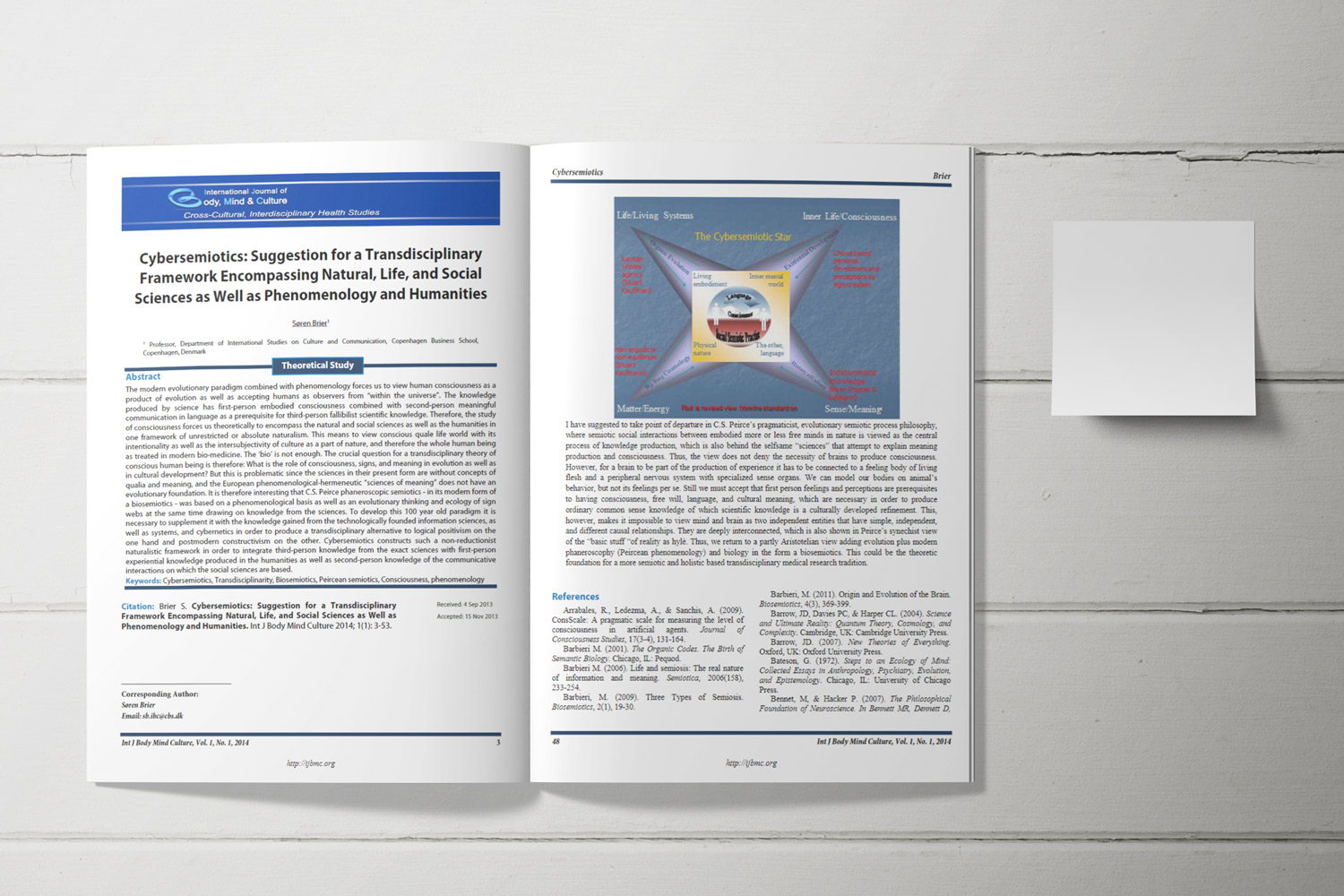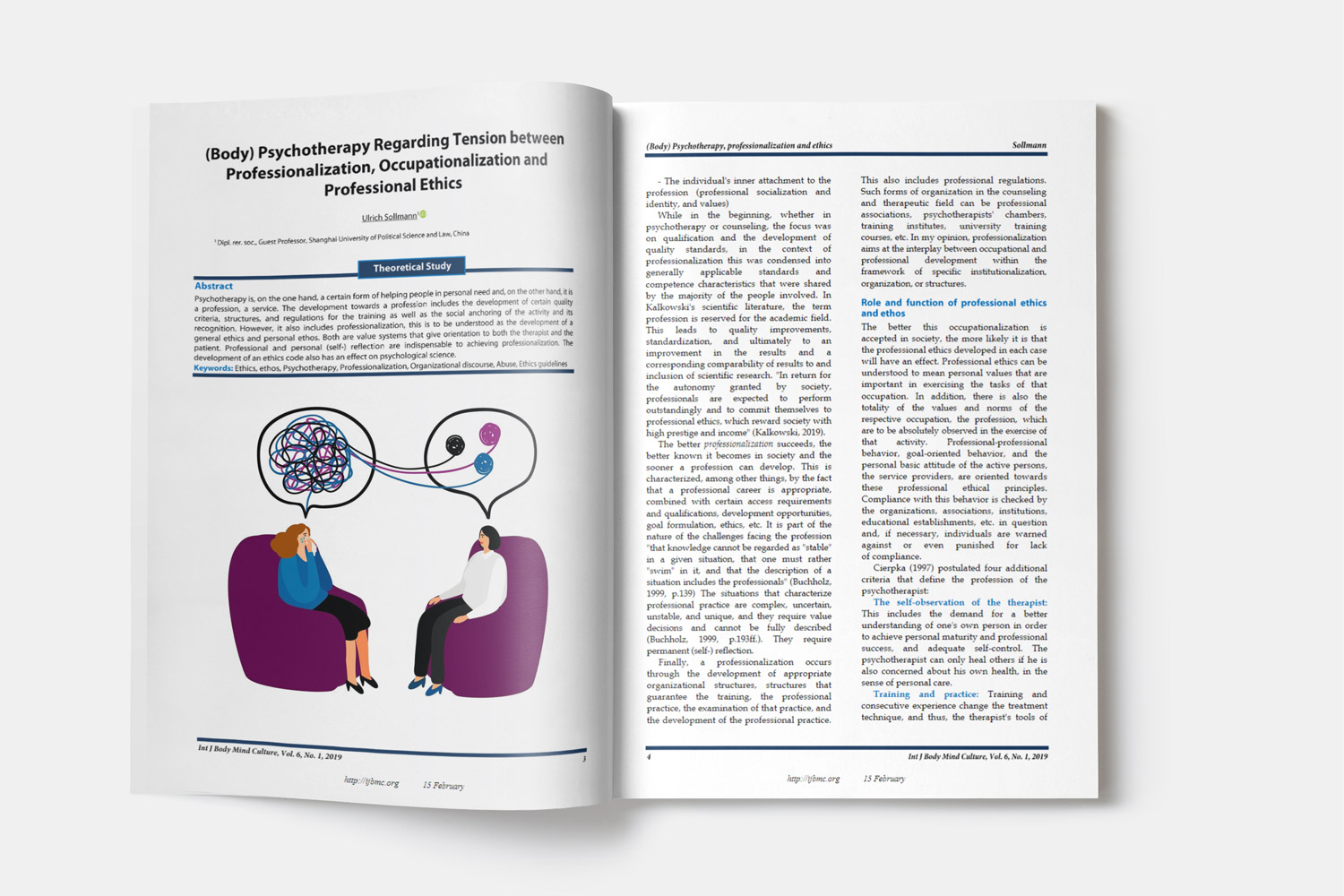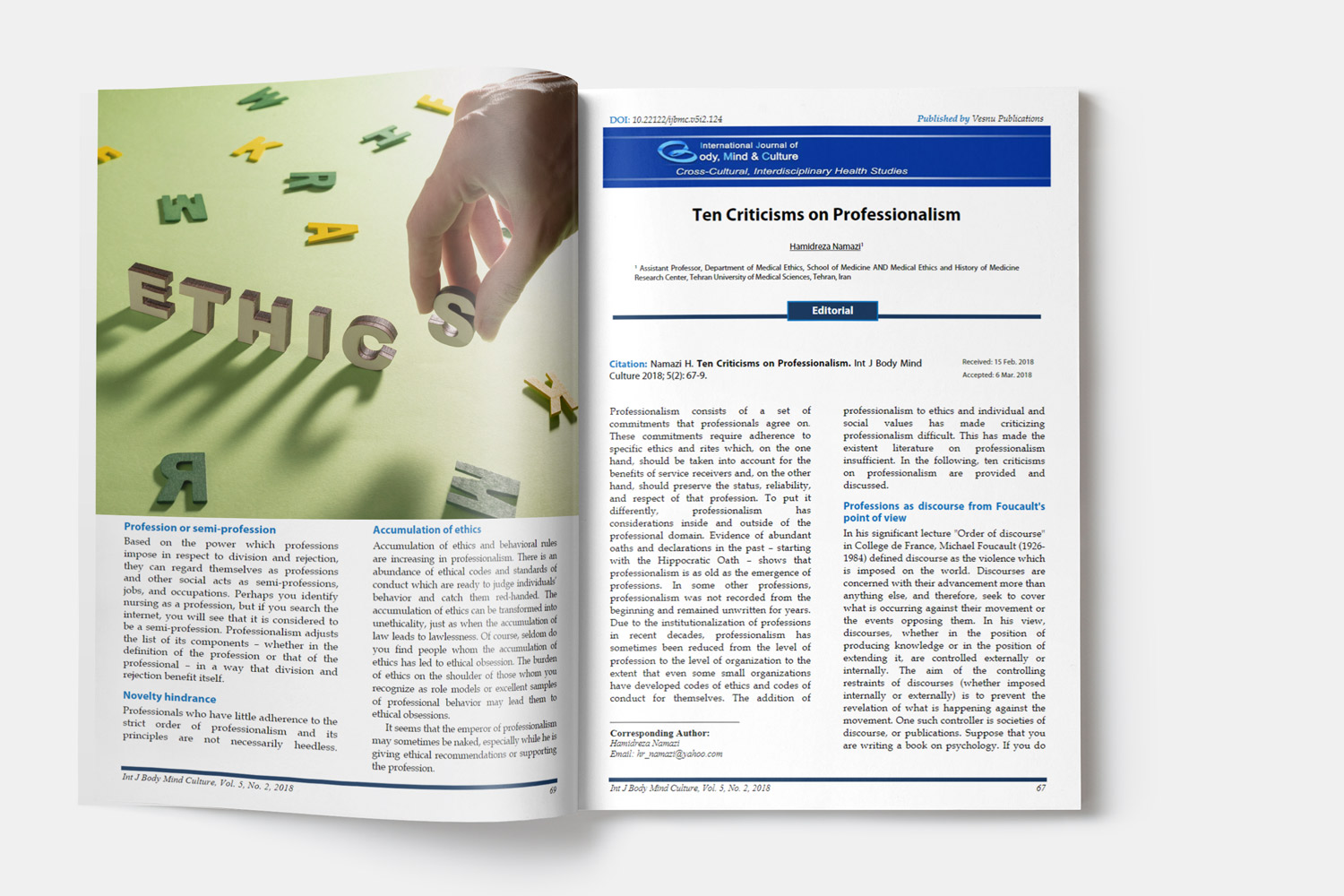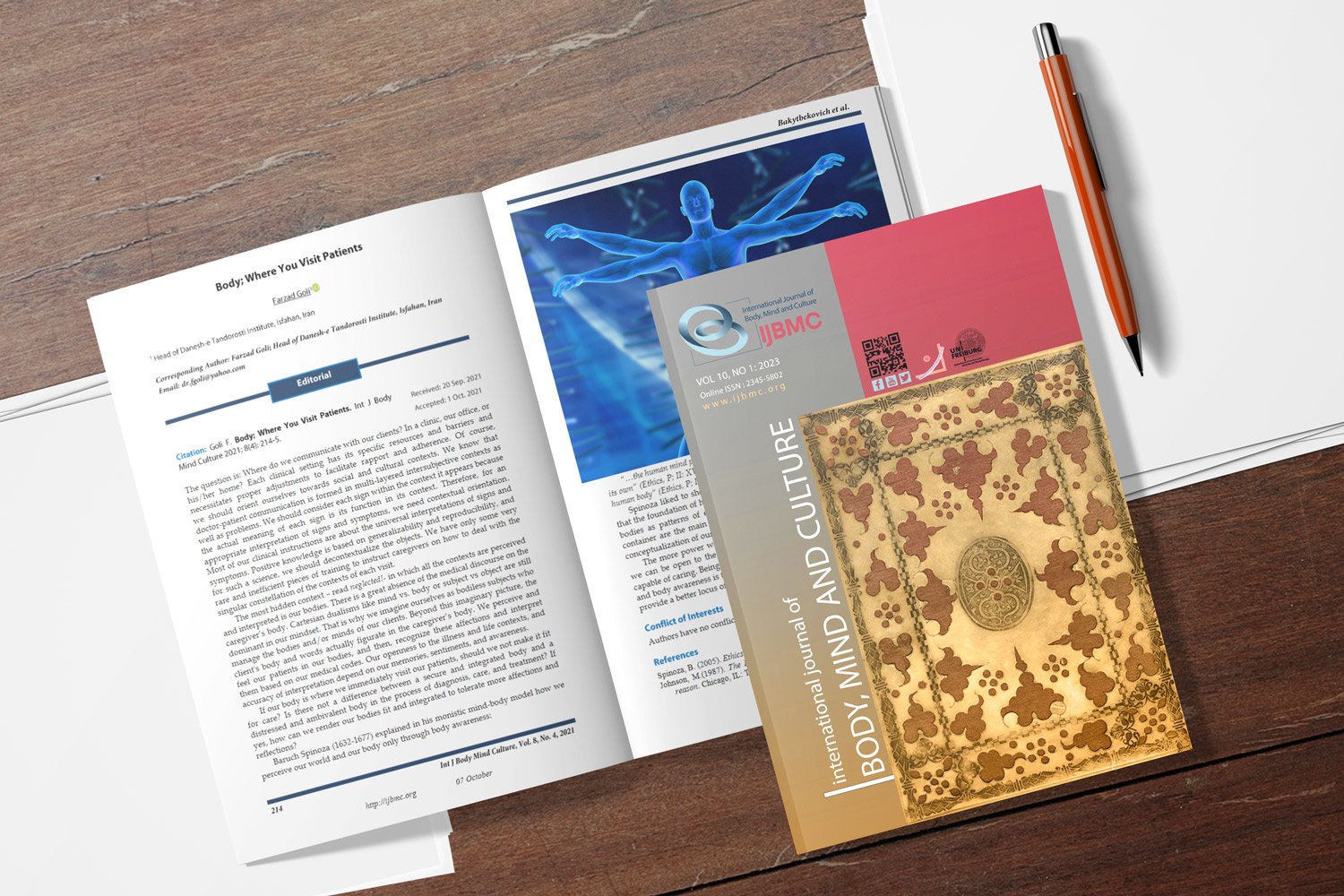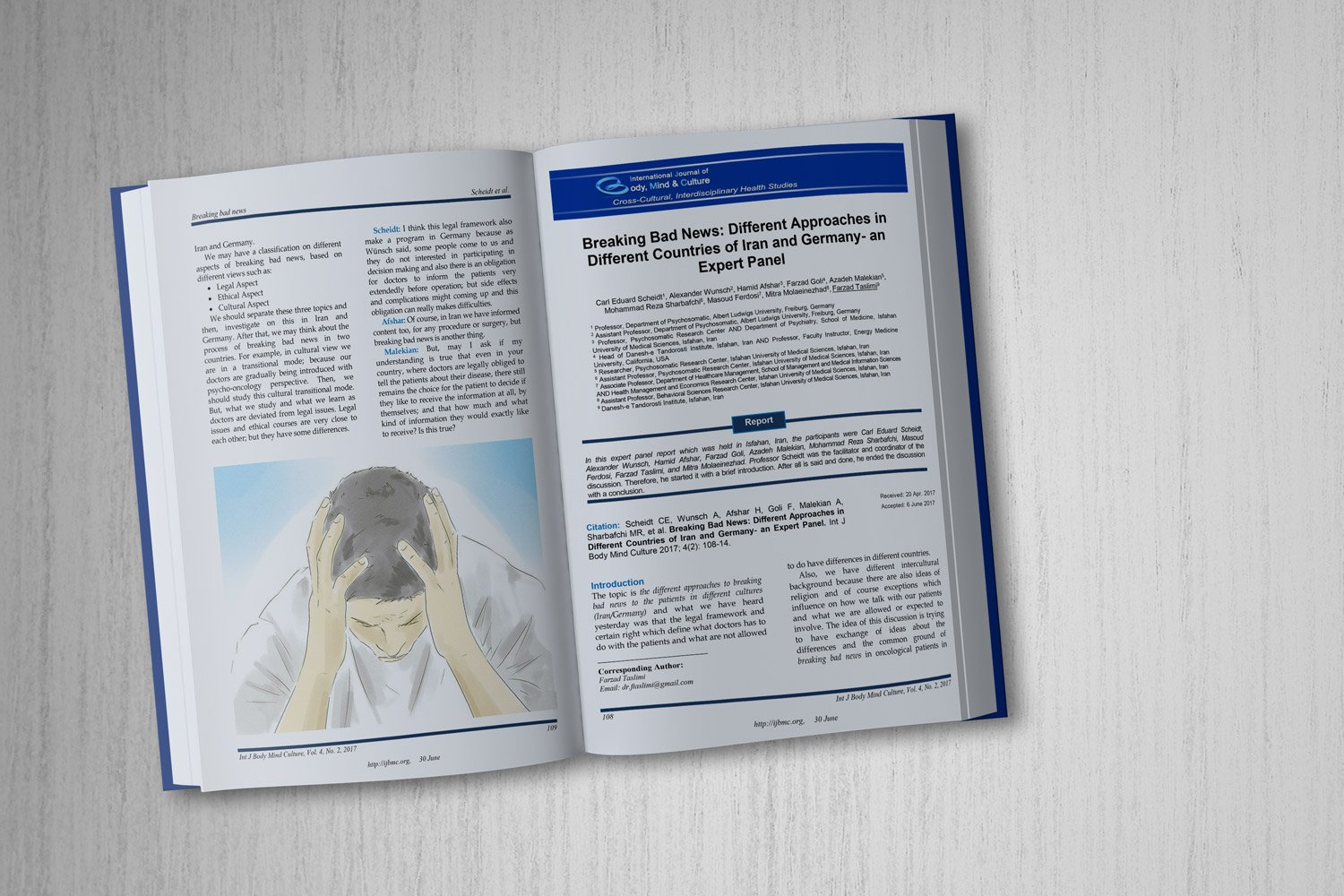The Relationship between Psychological Well-Being and Parents’ Communication Patterns and Social Acceptance of Third-Grade Primary School Students in Tehran, Iran
Downloads
Background: Child psychologists argue that primary school years are one of the critical periods of development because many of the child's abilities are developed during this period. There is a research gap in students' social acceptance and the role of psychological well-being and communication patterns between parents. The purpose of the study was to examine the relationship between psychological well-being and parental communication patterns with students' social acceptance.
Methods: The study design was correlational. The statistical population was all female third-grade primary school students in Tehran, Iran, studying in the academic year of 2019-2020. The sample included 381 female elementary school students and the schools were selected using a convenient sampling method; the samples from these schools were selected randomly. Data were collected using Social Acceptance Scale, Ryff Psychological Well-being Scale, and couples' Communication Patterns Questionnaire (CPQ). Pearson correlation coefficient and regression analysis were used for data analysis.
Results: A significant positive relationship was observed between psychological well-being and parents' pattern of interaction with the social acceptance of children and a significant negative relationship between the components of the pattern of bilateral avoidance of fathers and mothers with social acceptance of students. Multiple regression analysis results indicated that fathers' psychological well-being (13%), mothers' psychological well-being (24%), fathers' constructive model (27%), and mothers' constructive model (29%) could predict children's acceptance.
Conclusion: Parents' psychological well-being and communication patterns can predict their children's social acceptance; therefore, the results can have implications for the follow-up of psychological problems among the students.
Downloads
Abbasipour Bourondaragh, S. (2011). Investigation and Comparison of Effectiveness of Integrative-behavior and Cognitive-behavior of Couple Therapy on Communicational Beliefs of Couples Who Want to Divorce [MSc Thesis]. Mashhad, Iran: Ferdowsi University of Mashhad.
Anderson, L. W., & Bourke, S. F. (2000). Assessing affective characteristics in the schools, 2nd ed. Mahwah, NJ, US: Lawrence Erlbaum Associates Publishers.
Bagheri, A. (2010). Review of schemas [Master Thesis]. Marvdasht, Iran: Marvdasht Branch, Islamic Azad University.
Behere, A. P., Basnet, P., & Campbell, P. (2017). Effects of family structure on mental health of children: A preliminary study. Indian J Psychol.Med, 39(4), 457-463. doi:10.4103/0253-7176.211767 [doi];IJPsyM-39-457 [pii]. Retrieved from PM:28852240
Christensen, A., & Shenk, J. L. (1991). Communication, conflict, and psychological distance in nondistressed, clinic, and divorcing couples. J Consult.Clin Psychol., 59(3), 458-463. doi:10.1037//0022-006x.59.3.458 [doi]. Retrieved from PM:2071731
Diener, E., & Diener, M. (1995). Cross-cultural correlates of life satisfaction and self-esteem. J Pers.Soc Psychol., 68(4), 653-663. doi:10.1037//0022-3514.68.4.653 [doi]. Retrieved from PM:7738768
Fatehizadeh, M., & Ahmadi, S. (2005). Investigating the relationship between parents' communication patterns and marital satisfaction working in the University of Isfahan. Family Research, 2(1), 109-119.
Fathi, A. & Javadzadeh, F. (2017 Feb 22-23). The effectiveness of communication skills training on increasing social acceptance in aggressive female high school students in Falavarjan. Proceedings of the 5th National Conference on Psychology, Social Consultation and Social Work; Khomeinishar, Iran.
Forgas, J. P. (2002). Psychology of social interaction. Trans. Beighi M, Firoozbakht K. Tehran, Iran: Farhangian Publications.
Ghorbanian, E., Mohammdlo, H., Khanbani, M., & Yousefi Kia, M. (2017). Predicting social adjustment and social desirability based on attachment styles among female 10-12 year-old elementary students in Tehran. Knowledge & Research in Applied Psychology, 17(1), 99-106.
Gottman, J. M. (1993). The roles of conflict engagement, escalation, and avoidance in marital interaction: A longitudinal view of five types of couples. J Consult.Clin Psychol., 61(1), 6-15. doi:10.1037//0022-006x.61.1.6 [doi]. Retrieved from PM:8450108
Gottman, J. M. (1993). A theory of marital dissolution and stability. J Fam Psychol7(1), 57-75.
Hassanzadeh Kalateh, Z. (2009). Evaluation of the effectiveness of social skills on behavioral problems of children with learning disabilities. Learning Disabilities Quarterly, A (1), 44-55.
Heaven, P. C. L., Smith, L., Prabhakar, S. M., Abraham, J., & Mete, M. E. (2006). Personality and conflict communication patterns in cohabiting couples. J Res Pers, 40(5), 829-840.
Heavey, C. L., Layne, C., & Christensen, A. (1993). Gender and conflict structure in marital interaction: a replication and extension. J Consult.Clin Psychol., 61(1), 16-27. doi:10.1037//0022-006x.61.1.16 [doi]. Retrieved from PM:8450102
Hosaini, F. S., Karimi, F., & Nazarpour, M. (2018). The role of difficulty in emotion regulation and negative automatic thoughts in Adolescent conflict resolution tactics with parents. Research in Cognitive and Behavioral Sciences, 8(1), 77-94.
Hosseini, F. S., & Nazarpour, M. (2014 Dec 17). Predicting forgiveness and psychological hardiness using personality traits and social acceptance. Proceedings of the International Conference on Humanities and Behavioral Studies; Tehran, Irans.
Hurlock, E. B. (2011). Game. Trans. Ravandoost, V. Tehran, Iran: Yoosh.
Huston, T. L., & Melz, H. (2004). The case for (Promoting) marriage: The devil is in the details. J Marriage Fam, 66(4), 943-958.
Javadi, F., Sohrabi, F., Falsafi Nejad, M. R., & Borjali, A. (2008). investigating the effects of applying intervening style in watching TV violence on boy's aggression. Journal of Communication Research (Pazhoohesh Va Sanjesh), 15(54), 7-32.
Jaycox, L. H., & Repetti, R. L. (1993). Conflict in families and the psychological adjustment of preadolescent children. J Fam Psychol, 7(3), 344-355.
Khanzadeh Firoozjah, A., & Safikhani, L. (2008). Assessment and training of social skills. Exceptional Education, 86, 15-28.
Konu, A., & Rimpelä, M. (2002). Well-being in schools: A conceptual model. Health Promot Int, 17(1), 79-87.
Middeldorp, C. M., Wesseldijk, L. W., Hudziak, J. J., Verhulst, F. C., Lindauer, R. J., & Dieleman, G. C. (2016). Parents of children with psychopathology: psychiatric problems and the association with their child's problems. Eur.Child.Adolesc.Psychiatry., 25(8), 919-927. doi:10.1007/s00787-015-0813-2 [doi];10.1007/s00787-015-0813-2 [pii]. Retrieved from PM:26757722
Navabi Nejad, S. (2005). Three speeches about guiding and educating children. Tehran, Iran: Parents and Teachers Association Publications.
Navabi Nejad, S. (2007). Marriage and family therapy counseling. Tehran, Iran: Parents and Educators Association Publications.
Jalali, N., Heydari, H., Davoudi, H., & Aleyasin, S. A. (2019). A comparison between the effectiveness of training intervention based on emotionally focused approach and gottman’s relationship enrichment approach on women’s marital conflicts. Journal of Cultural Psychology, 3(1), 41-62.
Peyvastegar, M., Dastjerdi, E., & Dehshiri, G. H. R. (2010). Relationship between creativity and subjective well-being in university students. International Journal of Behavioral Sciences, 4(3), 207-213.
Rajabi, G. R., Ghorbani, F., & Khojasteh Meher, R. . (2011). A study of the relationship of gender ideology, marital roles, emotional intelligence with quality of life in the married employees of government offices In Shiraz. Journal of Family Counseling & Psychotherapy, 1(1), 39-53.
Rasouli, M. (2001). Relationship between communication patterns of women or husbands of University of Tehran students and communication patterns of their parents [MSc Thesis]. Tarbiat Moalem University University.
Rinaldi, C., & Howe, N. (2012). Mothers' and fathers' parenting styles and associations with toddlers' externalizing, internalizing, and adaptive behaviors. Early Child Res Q, 27(2), 266-273.
Shahsiah, M., Bahrami, F., Mohebi, S., & Tabarrai, Y. (2012). Correlation between Mental Well-Being and Marital Life Quality of Couples. Qom Univ Med Sci J, 5(4), 61-67.
Sharafi, A. (2003). Relationship between marital communication patterns and mental health of female primary school teachers and their spouses in Tehran [MSc Thesis]. Tehran, Iran: Department of Consulting, Tarbiat Moalem University.
Sharafi, M. (1989). General Psychology. Tehran, Iran: Roshd Publications.
Shekarbaygi, A. , & Amiri, A. (2011). A study on the body management and the social acceptability (A case study among male and female students at Islamic Azad University and Payam Noor of Zanjan). Sociological Studies Of Youth (Jame Shenasi Motaleate Javanan), 2(3), 85-108.
Shirnejad, V., & Zinali, A. (2017 Jul 13). The role of academic self-concept, social anxiety and social acceptance in high school students' academic achievement. Proceedings of 4th International Conference on Recent Innovations in Psychology, Counseling and Behavioral Sciences; Tehran, Iran.
Shokri, O., Geravand, F., Naghsh, Z., Ali Tarkhan, R., & Paeezi, M. (2008). The psychometric properties of the Brief Fear of Negative Evaluation Scale. Iran J Psychiatry Clin Psychol, 14(3), 316-325.
Soltani Kasmaei, M., Heydari, H., & Davoodi, H. (2017 Jul 13). Predicting the social level based on psychological capital and determining the relationship between family process and content and the level of social acceptance in adolescents. Proceedings of 4th International Conference on Recent Innovations in Psychology, Counseling and Behavioral Sciences; Tehran, Iran.
Soubelet, A., & Salthouse, T. A. (2011). Influence of social desirability on age differences in self-reports of mood and personality. J Pers., 79(4), 741-762. doi:10.1111/j.1467-6494.2011.00700.x [doi]. Retrieved from PM:21682727
Suldo, S., Friedrich, A., White, T., Farmer, J., Minch, D., & Michalowski, J. (2009). Teacher support and adolescents' subjective well-being: A mixed-methods investigation. School Psych Rev, 38 , 67-85.
Tozandehjani, H., Tavakolizadeh, J., & Lagzian, Z. (2011). The effect of parenting styles on self-efficacy and mental health of students. Ofogh-e-Danesh, 17(2), 56-64.
Trenholm, S., & Jensen, A. (1996). Interpersonal communication. Belmont, CA: Wadsworth Pub Co.
Vafaei, T., Khosravi, S. A., & Moein, L. (2009). The comparison between communication patterns of devotee spouses and normal Person Spouses. 2(5), 20-26.
Vahedi, S., Fathiazar, S., Hosseini-Nasab, S. D., & Moghaddam, M. (2008). Validity and reliability of the aggression scale for preschoolers and assessment of aggression in preschool children in Uromia. J Fundam Ment Health, 10(37), 15-24.
Vahedi, S. (2011). Self-regulation as a mediator of the relation between dimensions of non-supportive parenting style and aggression of adolescents: A Structural equation modeling method. J Fundam Ment Health, 13(49), 6-19.
Vigil-Colet, A., Ruiz-Pamies, M., Anguiano-Carrasco, C., & Lorenzo-Seva, U. (2012). The impact of social desirability on psychometric measures of aggression. Psicothema., 24(2), 310-315. Retrieved from PM:22420362
Wiegand-Grefe, S., & Petermann, F. (2016). Children of mentally ill parents. Kindheit und Entwicklung, 25(2), 63-67.
Yarisar, J., Mousavi, S. F., & Valaei Nasab, Z. (2018 Nov 22). The effectiveness of communication patterns on student's parents' happiness. Proceedings of 2nd International Conference on Psychology, Consultation, Education; Mashhad, Iran.
Younger, A. J., Schneider, B. H., Guirguis, M., & Bergeron, N. (2000). A behaviour-based peer-nomination measure of social withdrawal in children. Soc Dev, 9(4), 544-564.
Zarei, J, Tavassoli, G, & Jamaruni, L. (2017 Aug 24). The impact of separation of male and female students on academic achievement and social acceptance among sixth-grade students. Proceedings of the 2nd National Conference on Modern Approaches to Education and Research; Mahmoudabad, Iran.
Copyright (c) 2022 International Journal of Body, Mind and Culture

This work is licensed under a Creative Commons Attribution-NonCommercial 4.0 International License.










